AMD Releases Radeon Software Crimson ReLive
AMD is today releasing its major 2016 driver update. Where 2014 brought us Catalyst Omega and 2015, after the creation of the Radeon Technologies Group, brought us Radeon Software Crimson Edition, 2016 is the year of Crimson ReLive, which has just been made available for public consumption. Originally, the idea was to move through different shades of red each year, but Crimson ReLive is a name designed apparently to recognise the success of the Crimson Edition driver, which has seen over 85 million downloads and sits at a 4.5/5 user approval rating. Said to bring benefits to consumers, professionals and developers and described by AMD as its biggest ever software release, ReLive is also a direct reference to Radeon ReLive, which is included in the new driver package and adds new DVR functionality for gameplay recording, sharing and streaming, to compete with Nvidia Share (formerly ShadowPlay).We cover ReLive in greater detail on the next page, but there's plenty more to discuss with this release. First is the usual list of top ten bug fixes, reproduced below. In addition, AMD says that this software has been treated to 25 percent more quality assurance (QA) testing for additional reliability.
AMD also cites performance improvements, up to eight percent, in a variety of games, although it's comparing Crimson ReLive to Radeon Software Crimson 16.6.2 from back in June when the RX 480 launched, so some (if not all) of these gains will have been made prior to this launch.
New display and connectivity features include automatic detection and notification of faulty or sub-par HDMI cables, support for the Dolby Vision and HDR 10 standards for High Dynamic Range content and DisplayPort HBR3 support for single-cable 4K 120Hz, 5K 60Hz or 8K 30Hz panels (for Radeon RX products only).
FreeSync continues to be improved as well, now supported in borderless fullscreen mode. On the notebook front, Gradual Refresh Ramp equates to power savings by smoothly increasing or decreasing refresh rate when switching between fullscreen apps and the desktop.
Other performance-related tweaks include VP9 Decode Acceleration for 4K 60Hz GPU-accelerated video streaming and enhancements for Skype that lower APU usage, at least if your APU falls into the Bristol, Carrizo or Stoney Ridge families.
One of the more interesting features is Radeon Chill. The idea is simple: It dynamically regulates frame rates, deliberately reducing performance at times in-game where user input and onscreen movement are low in order to save power and lower temperatures and potentially noise too, but instantly ramping up when movement increases – it's designed to be unnoticeable such that the real-world impact is only really positive. It also works constantly to prevent excessively high frame rates in a similar way to the previously introduced feature Frame Rate Target Control (FRTC). Another potential knock-on benefit is lowered frame times, and thus less impact lag, as a result of the GPU queue being less full.
For many desktop users, this won't be a concern and in recognition of this the default setting for all games is off. We can see it being a much better fit in gaming notebooks – AMD has practically no presence in this market nowadays, but this could be a sign that it has its eye on changing that. Either way, for each of the games supported, users can choose to toggle it either globally or on a per-game basis. AMD is creating suggested profiles for each game, but users can choose their own maximum and minimum FPS settings. Currently, only DirectX 9, 10 and 11 games are supported; DX12 is being looked into, but the focus really is on less powerful titles where performance overhead is more likely. It's also fully compatible with FreeSync, which makes total sense.
The RX 480 launch brought with it WattMan, a GPU overclocking utility with detailed, per-game controls built directly into the Crimson driver interface. With Crimson ReLive, support in WattMan is being extended to older GCN-based products too.
Crimson introduced the world to a new Radeon Settings interface built on Qt. This will remain mostly unchanged, although the installation interface now looks similar and is more modern as a result. AMD is also adding a direct user feedback area to ease the feedback process and where users can vote on potential upcoming features. Another new UI feature is the Upgrade Advisor, whereby the software will present users with ticks or exclamation marks based on whether their hardware meets the requirements for said game or if the user might benefit from an upgrade. However, this is limited to Steam games and will only function in North America, at least for now.
The new Linux version of the driver adds Linux FreeSync 1.0 support and expands support to the entire AMD discrete GPU GCN-based product family.
Something that will be of interest mainly to folks like ourselves that spend half of lives benchmarking games is the Open Capture and Analytics Tool (OCAT), which also releases today and can capture frame data in DirectX 12 and Vulkan titles (things which FRAPS either struggles with or cannot do at all) as well as DirectX 11 ones. It's developed by a third-party and open-source, so there shouldn't be any funny business or favouritism for the red team's products.
The new features for developers and professionals are outside the scope of our usual coverage but are summarised in the slide above. For the former, the big push is the GPUOpen initiative, a collection of open-source libraries, SDKs and tools that continues to be expanded, especially with VR-focussed features under the LiquidVR suite. For professionals, there's a new Linux driver, significant year-on-year performance gains and greater levels of certification testing for key applications.

MSI MPG Velox 100R Chassis Review
October 14 2021 | 15:04


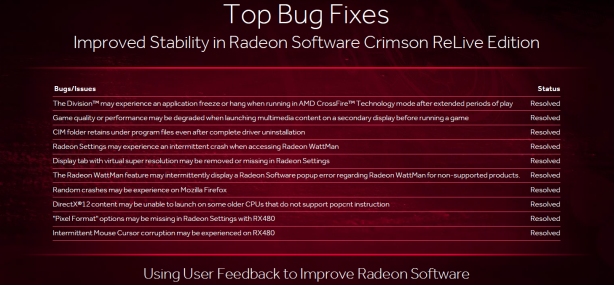
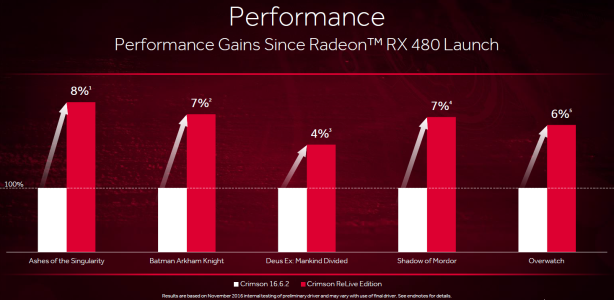
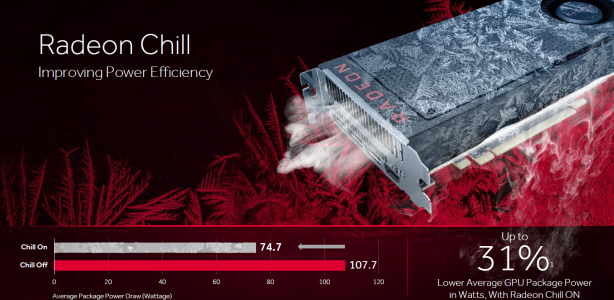
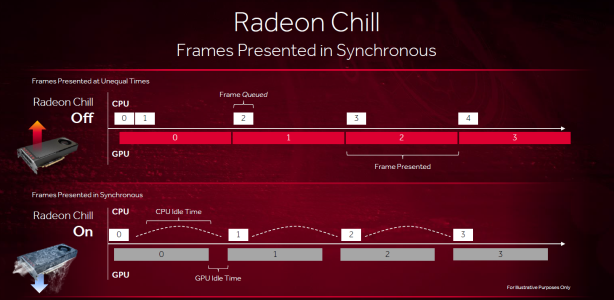


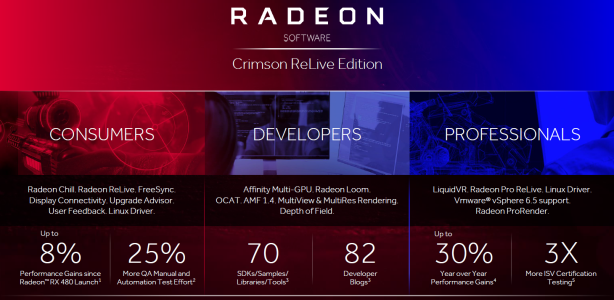
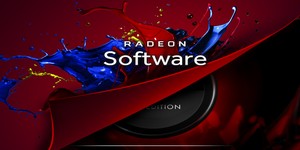






Want to comment? Please log in.